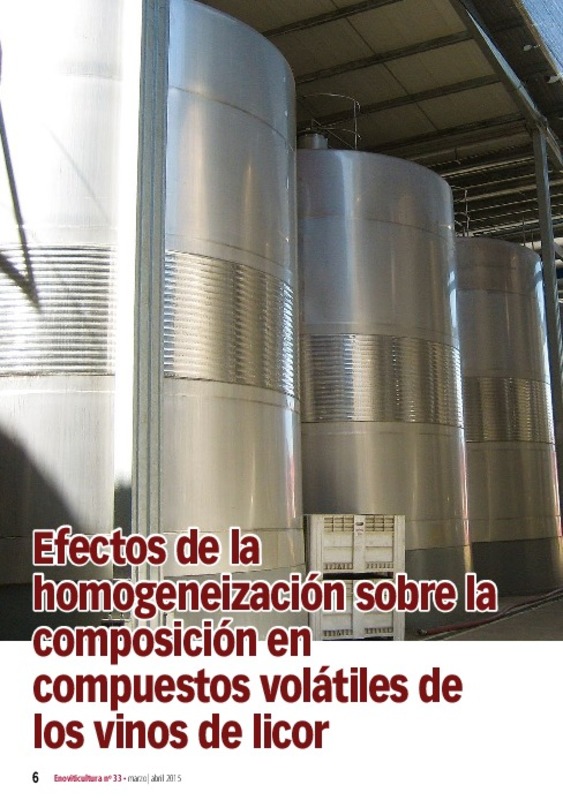JavaScript is disabled for your browser. Some features of this site may not work without it.
Buscar en RiuNet
Listar
Mi cuenta
Estadísticas
Ayuda RiuNet
Admin. UPV
Efectos de la homogeneización sobre la composición en compuestos volátiles de los vinos de licor
Mostrar el registro completo del ítem
Carbonell, P.; Aleixandre Tudó, JL.; Picó, J.; Aleixandre Benavent, JL. (2015). Efectos de la homogeneización sobre la composición en compuestos volátiles de los vinos de licor. Enoviticultura. 33:6-23. http://hdl.handle.net/10251/92943
Por favor, use este identificador para citar o enlazar este ítem: http://hdl.handle.net/10251/92943
Ficheros en el ítem
Metadatos del ítem
| Título: | Efectos de la homogeneización sobre la composición en compuestos volátiles de los vinos de licor | |
| Autor: | Carbonell, Pedro Picó, Joan | |
| Entidad UPV: |
|
|
| Fecha difusión: |
|
|
| Resumen: |
[ES] La variedad Moscatel está considerada una de las variedades más aromáticas del mundo, y por lo tanto su utilización en la elaboración de vinos de licor, comúnmente llamados mistelas, es muy frecuente dado el gran ...[+]
[EN] Effects of homogenization on the volatile compounds
content in liquor wines. The Muscat
variety is considered one of the most aromatic varieties
of the world, and therefore its use in the production
of liquor ...[+]
|
|
| Palabras clave: |
|
|
| Derechos de uso: | Reserva de todos los derechos | |
| Fuente: |
|
|
| Editorial: |
|
|
| Versión del editor: | http://enoviticultura.quatrebcn.es/revista-enoviticultura | |
| Tipo: |
|







